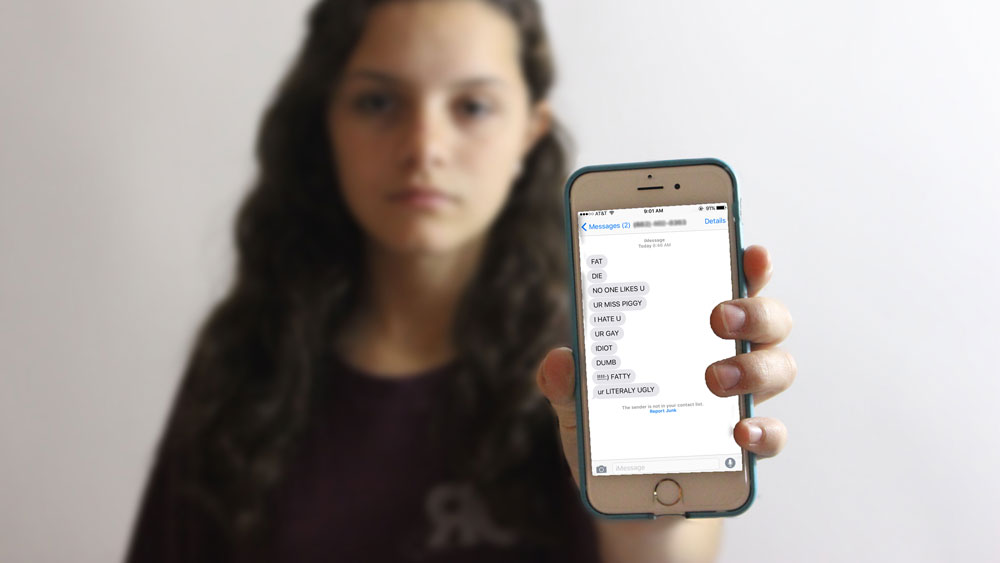Social media has become an important tool for those who want to expand in knowledge of political, scientific, academic, and social news. Social media has reunited families and friends. And, although it is saddening to say, social media has taken away lives, too.
Developed in 2006, and gaining popularity in March of 2011, Twitter has overridden Facebook in the pool of social media for teens, political figures, and celebrities everywhere with over 140 million tweets posted daily.
With those 140 million tweets posted daily, a research conducted in San Antonio analyzed 2,000 tweets over a two-week period from 11 a.m to 5 p.m. The content of those tweets were separated into six categories: News (3.6%), Spam (3.8%), Self-promotion (5.9%), Conversational (37.6%), Pointless babble (40.1%), Pass-along value (8.7%)
If conversational and pointless babbling accounts for approximately 77.7% of the content of Twitter, then “Twitter hate” is bound to happen. Call it “throwing shade,” “being salty” or “savage,” but the concept is clear — “Twitter hate” is the gateway to cyberbullying.
In an information poll of 237 Timber Creek students on Twitter, exactly 75-percent believe cyberbulling is real. Cyberbullying is the use of electronic communication to bully a person, typically by sending messages of an intimidating or threatening nature.
Is it a problem within students of Timber Creek High School? Yes. But it is actually a problem with teens everywhere.
“Teenagers don’t filter very well,” said Michelle Arnold, a counselor at TCHS. “and teens look for affirmation, they look for a sense of themselves, and they seek a social status.”
“When a person says something mean to you, and people see it, you feel weak,” says a student at Timber Creek. “Suddenly everybody sees what hurts your feelings and they laugh.”
But what exactly can this cost? Every year, approximately 20-percent of students who are cyberbullied think about suicide, and roughly 1 in 10 attempt it.
A human life can be taken away because of mean words. The problem with teens on social media is that they overestimate another’s disposition. The student sharing the negative comments may even think that the person being bullied and laughed at will laugh at the originator’s words. Teens often underestimate the impact of the situation itself. In psychology, this is called the fundamental attribution error.
Unfortunately, teens don’t think of one another very much. Although this statement is only true for a select number, it still needs to be changed. Teens are forgetting that being nice in real life does not make up for a rude text sent to another. Teens are forgetting that because a risky picture is being sent around, there is a girl crying to her mother, feeling ashamed and guilty of herself.
If guns don’t kill people, and people kill people, what can you say on the account of a teenage suicide coincidentally after a mean post was written to or about them?
“It takes a stronger person to not say something hateful,” Mrs. Arnold says.
The amount of power that a persons fingertips holds is strangely underrated. The hate, therefore, is in your hands.

